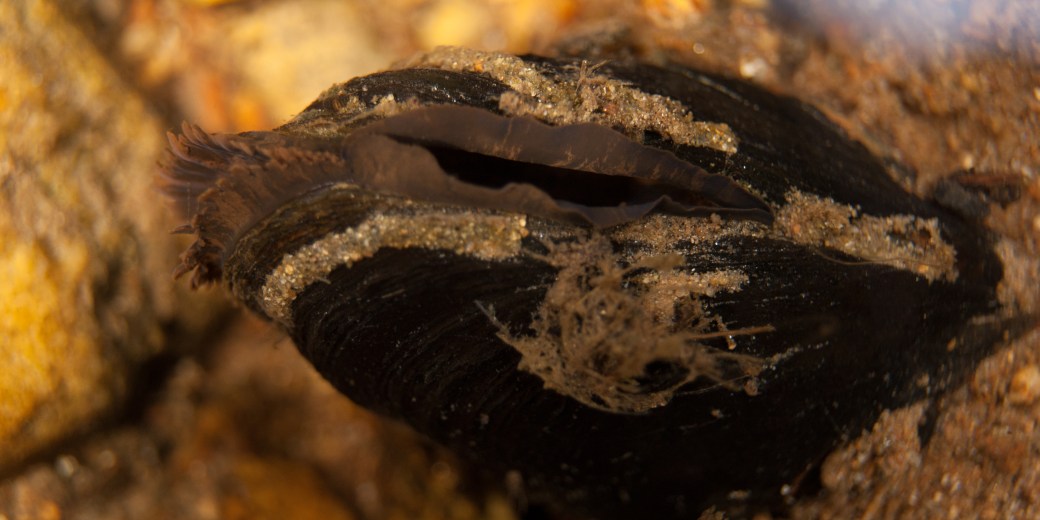More than Two Hundred Pearl Mussels Released to the Malše River - Nature Conservation Agency of the Czech Republic
All news
null More than Two Hundred Pearl Mussels Released to the Malše River
More than Two Hundred Pearl Mussels Released to the Malše River
24. 7. 2023
Nature revitalizations within the watershed of the Malše River as well as semi-natural breeding of juveniles have been among the main activities of this project. Semi-natural breeding of juveniles enables successfully rejuvenate the aged populations of freshwater pearl mussels. There are about ten thousand of living pearl mussels in the Czech Republic, just a fraction of the population from the beginning of 20th century. Cross border cooperation in watersheds spreading over the territories of several countries is a prerequisite for a successful pearl mussel conservation. Project partners released the juveniles of freshwater pearl mussel to the Malše River today, July 18, 2023.
“We released two hundred of pearl mussels today, and we will soon release additional 850 of these bivalve molluscs. If everything goes well, they will spend about 5-10 years submerged under the bottom substrate, and only later, they will stay on the bottom surface for the rest of their lives. They are filter feeders but require extremely low levels of nutrients in the water. Therefore, sustainable and very sensitive land use in the entire watershed is critical for their survival“, action plan coordinator Kateřina Římanová from the Nature Conservation Agency of the Czech Republic explains.
“Freshwater pearl mussel has the longest life from all of our animal species. It lives up to 140 years. Therefore, some of its populations survived until today despite the fact that they do not reproduce. Its very complicated and partially parasitic life cycle makes the conservation efforts even more difficult. The juveniles are not able to survive in our changed river ecosystems, therefore we raised them in semi-natural conditions in small cages thus helping them survive the first years of their lives. At the same time, we have to secure sustainable land use in the watershed since the runoff from fields and forests have the crucial impact on the pearl mussels survival”, director of Nature Conservation Agency of the Czech Republic František Pelc explains.
Revitalization projects in watersheds are financed from the national financial programs of the Ministry for the Environment. The water quality is monitored and sources of pollution are identified. Grass mowing of the grasslands along the rivers is one of the key management features applied, since they are an important source of detritus - food source for freshwater pearl mussels. We also cut some trees on riverbanks in order to increase level of sunshine in the riverbed. Measures taken to control erosion are also important for decreasing amount of runoff materials in the river - by revitalization of tributaries as well as by constructing so called “sediment traps”.
“Species Action Plans (SAPs) help effectively protect endangered species of plants and animals. We have thirteen of them now, and others are under development. Species such as Bohemian sand pink or Aesculapian snake have survived thanks to the SAPs. Other species benefit from the Plans as well, since measures taken to protect the umbrella species support often other ones too. Bullhead fish (Cottus gobio) or European brook lamprey (Lampetra planeri) are such species in case of freshwater pearl mussel SAP”, František Pelc closes.
Links:
Freshwater Pearl Mussel Action Plan
Interreg Malsemuschel project
Photo: Jindřiška Jelínková and NCA CR.

Photo: NCA CR